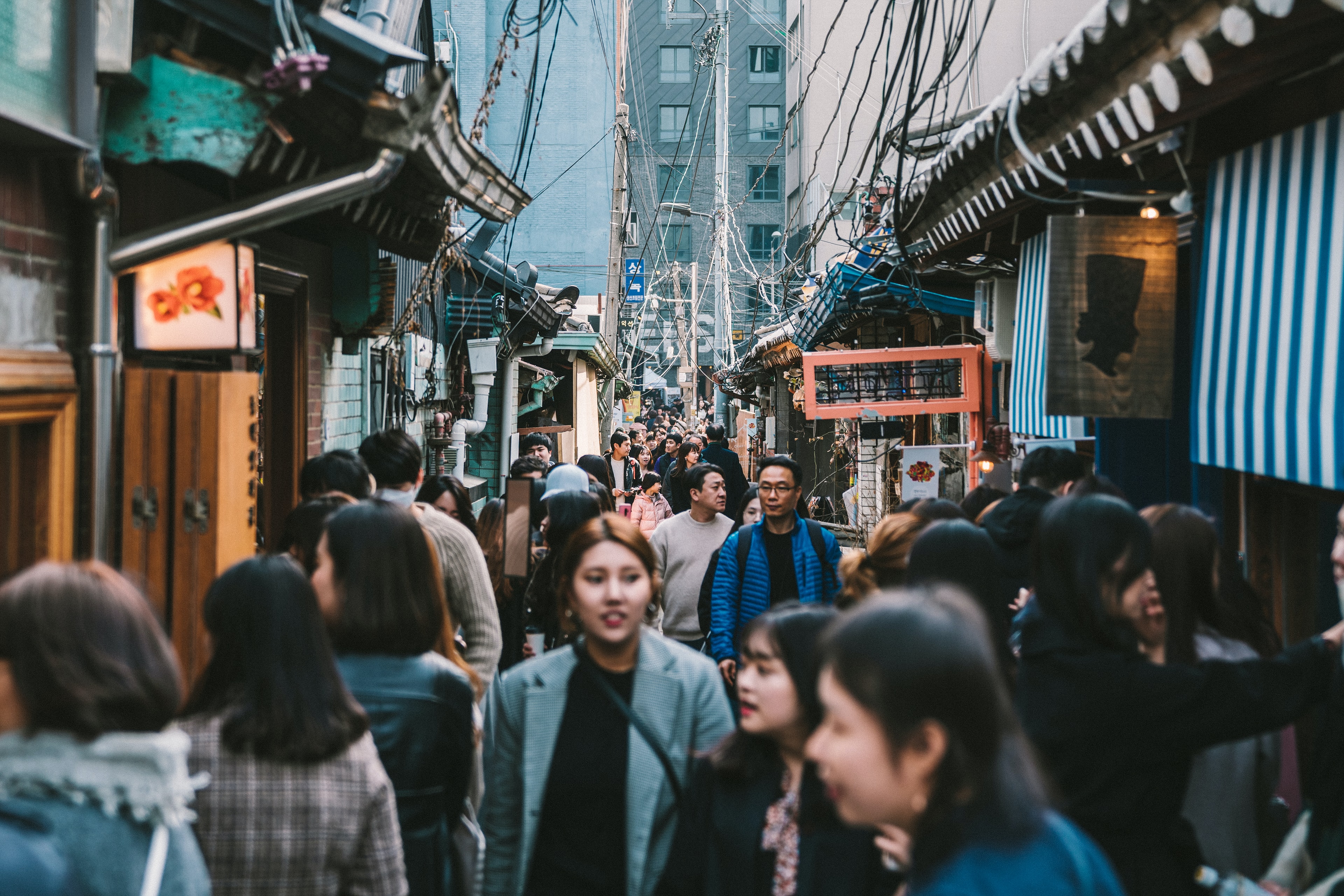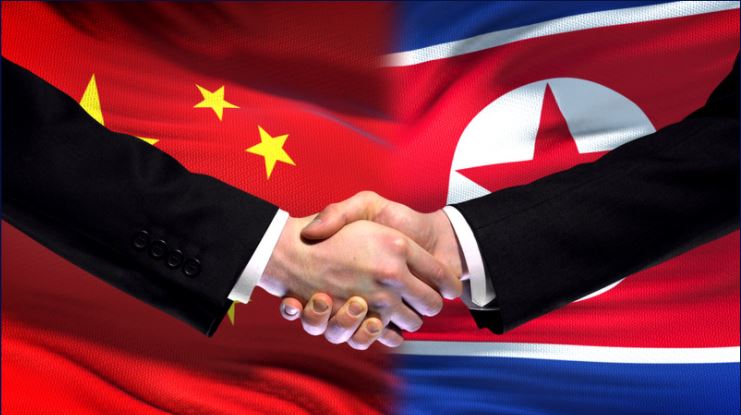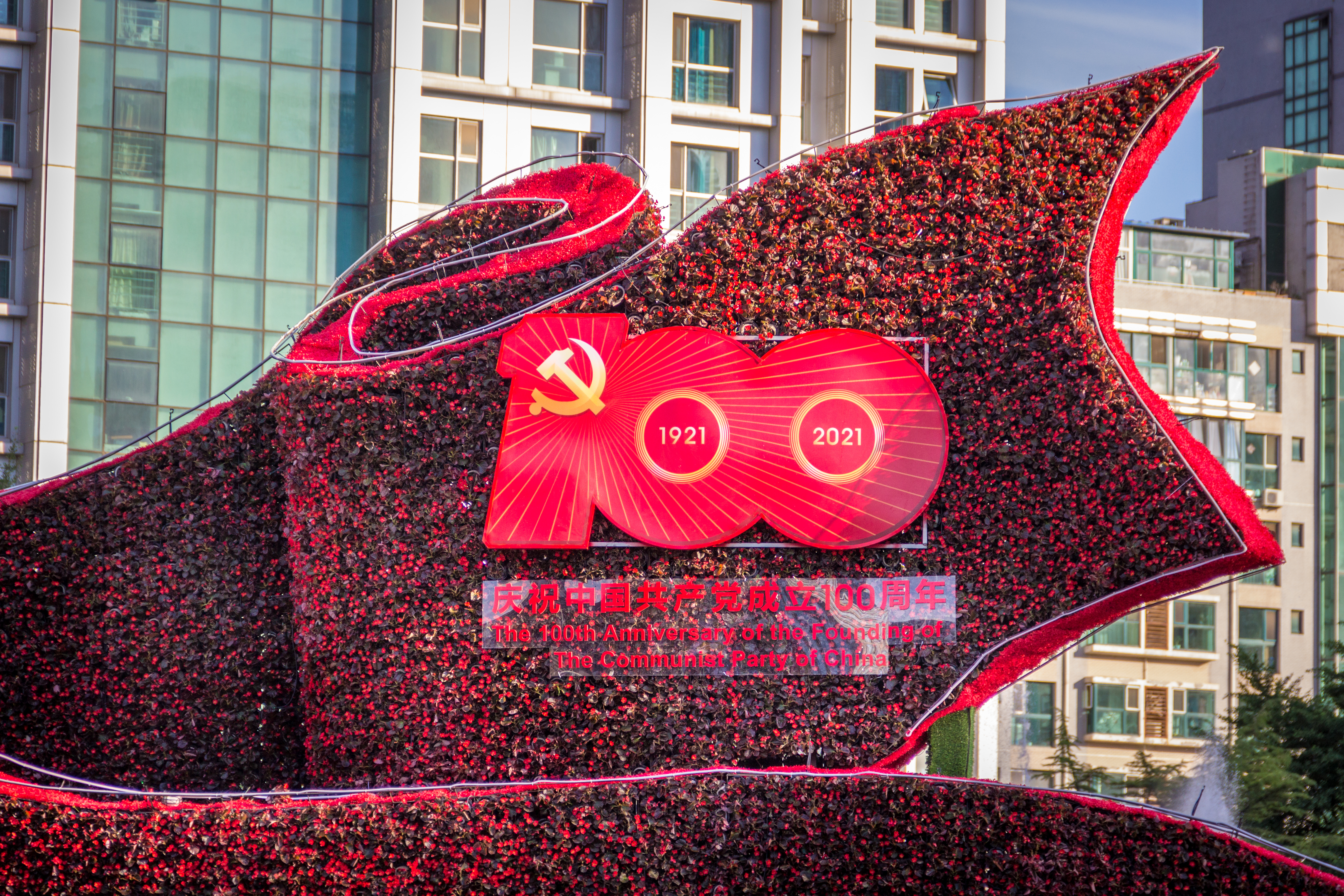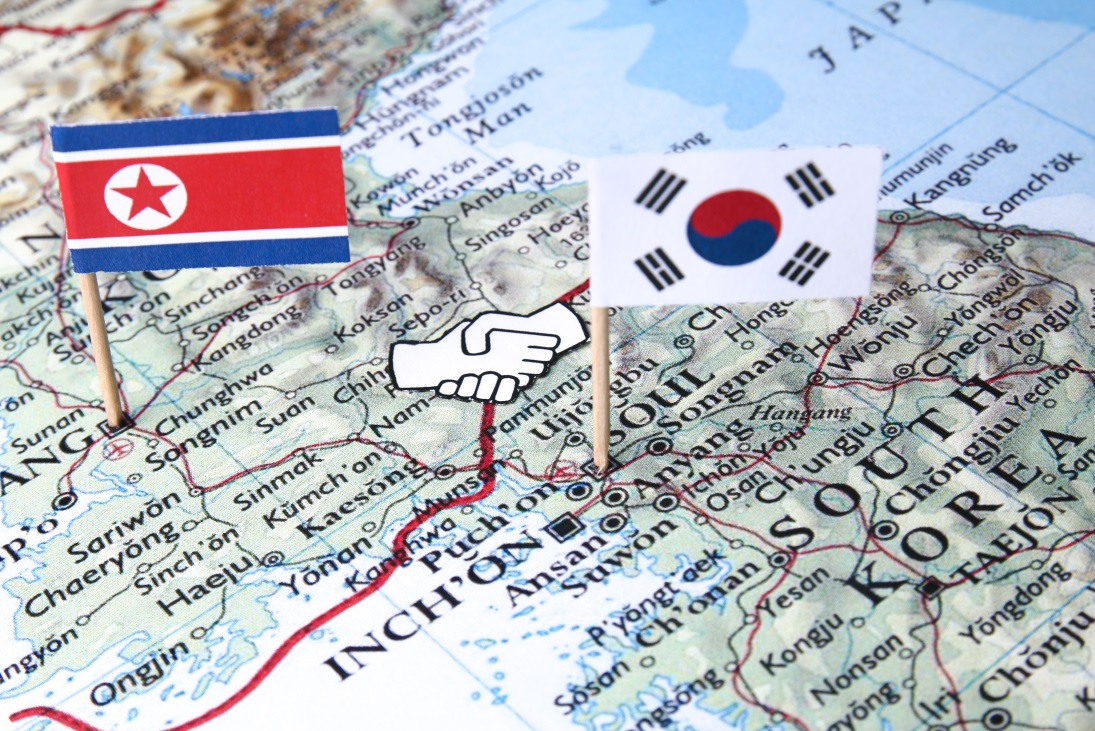
Division and Differentiation of the Concept of Minjok Culture
Special Report | August 11, 2021
Hana Lee
Lecturer in the Department of History at Yonsei University, Researcher at Yonsei University's Media and Art Research Institute
Minjok has historically referred to a group that shared history, culture, and the same ancestors that have founded the country. Upon the liberation of the Korean peninsula, Korea strived to rebuild Minjok Culture, so that it could unite the nation and remove pro-Japanese remnants and traces of feudalism. However, according to Dr. Hana Lee, a Lecturer in the Department of History and Researcher at the Media and Art Research Institute of Yonsei University, perceptions of the concept diverged from its original meaning as the country underwent division. Dr. Lee claims that the differences and struggle between the two Koreas over the concept of Minjok Culture have been an ideological form of the national system competition to exclusively own or claim Minjok.
Among the many modern concepts used in Korea, Minjok (Korean for “nation,” “people,” “ethnic group,” or “race-nation”) is one of the most confusing and difficult terms to define and translate. This word is more often used as a prefix, such as in Minjok Culture, Minjok literature, and Minjok art, rather than used independently. It means that there are two underlying perceptions in the concept of Minjok Culture: one is the recognition that a common culture created on the basis of a Minjok has historically existed and the other is the recognition that Minjok proves its existence by eventually being reproduced or expressed through culture. The rivalry of systems between North and South Korea was a process of competition, determining who was the true descendant or successor of the Minjok in terms of culture. Many discussions on Minjok Culture at the time were not centered on finding answers for “what is Minjok Culture?” but rather “what should culture be like to reach the Minjok we think of as ideal?” or “how do we build such a culture?,” which contain strategic and practical implications. In this sense, the issue of Minjok Culture has always been a project in-progress to be completed in the future for both South and North Korea.
Emergence and political discourse (orientation) of the concept of Minjok Culture
It is known that the concept of Minjok, the Japanese equivalent of “nation,” first emerged during the Joseon Dynasty around 1897, and had begun to be actively used around 1907–1908. At that time, Minjok did not refer to a group connected through a bloodline or lineage, but denoted a group that shared history and culture with the same ancestor who founded the nation (國祖). The fact that the early concept of Minjok emphasized symbols and culture rather than kinship suggests that Korean nationalism is characteristic of cultural nationalism rather than ethnic nationalism. The word “culture (文化),” which originally meant “to enlighten and edify the lower classes with education (文治敎化)” in the East, began to be used along with the emergence of the concept of Minjok according to the modern definition, referring to the totality of human life. There was a belief that protecting, promoting, and developing Minjok Culture was the way to survive, sustain, and create prosperity for the Minjok. Therefore, Minjok Culture was part of a strategy to protect the value of Minjok.
The spectrum of discourse on Minjok Culture during the colonial period can be broadly divided into four categories according to the time period and political orientation. The first category of Minjok Culture is a more nationalistic concept formed in the late Joseon Dynasty to early Japanese colonial rule; it encouraged civilization and enlightenment based on the unique characteristics of Minjok. The second category is the culture-centric concept of Minjok Culture coined by the nationalist right-wing group in the 1920s, which insisted that Koreans should advance toward civilization and new culture through a cultural movement by reshaping or renovating our nationality. This has lost its power of resistance by referring to victory from Minjok competition as holding cultural value and influence rather than political independence as a cultural Minjok. The third category is based on the Minjok Culture theory of the nationalist left-wing group, which advocated for a popular and global culture. They were critical of the colonial policy of Japanese imperialism, culture-centric nationalism, and socialism that denies nationalism at its roots. The fourth category arose from socialists’ criticism against Minjok Culture. Socialists criticized the culture-centric Minjok Culture of the nationalist right-wing group, stating that it existed merely for the purpose of maintaining the ruling system by some intellectual classes and the feudal class. They further noted that the nationalist left-wing’s Koreanology movement, which focused on the Minjok, can potentially be connected to fascism. In this way, the division of the concept was forming its roots long before the division of the territory.
Division and differentiation of the concept of Minjok Culture
The biggest task after liberation was to rebuild Minjok Culture so that it could unite the nation along with the establishment of a democratic state and the removal of remnants of the pro-Japanese and feudalism. The discourse on Minjok Culture during this period was led by the new nationalist and socialist groups. In particular, it is worth noticing that the socialists, who had previously criticized the discourse of Minjok Culture during Japanese colonial period, were actively insisting on the construction of Minjok Culture after liberation. When the independent governments of the two Koreas were established, the concept of Minjok Culture underwent rapid transformation, now referring to “the culture of a state or nation.” This was because both South and North Korea needed a strong national integration ideology that revealed the legitimacy of the respective government while checking and denying each other.
In South Korea, Minjok Culture was a term mainly used by the government until the 1970s. From the late 1970s to the early 1990s, the term was used more by the defiant intellectuals. The former was referred to the theory of Minjok Culture Promotion and the latter to the theory of the Minjok Culture Movement. The reason why the same term had completely different orientations was due to the conflict and contention among concepts such as “traditional culture,” “folk culture,” “popular culture,” and “mass culture.” Whereas the former focused on the modern transformation (or application) of traditional culture, the latter focused on the restoration of the communality of folk culture. Both camps took a critical attitude toward commercial mass culture. The new military government of South Korea, which came to power in the 1980s, implemented culture policy to bring the folk culture and popular culture of the major resistant groups such as college students under its control. In opposition to this, intellectuals, college students, and the cultural movement camps used “people’s culture (Minjung culture)” as their slogan. With the June Struggle of 1987 and the 1988 Seoul Olympics, the popularization of high culture and popular culture became important issues. This heralded the arrival of the era of mass culture in the 1990s and the simultaneous crisis of the discourse on Minjok Culture, which was discussed within the framework of nationalism. Since the 2000s, the term Minjok Culture has hardly been used in South Korea. Instead, “Korean culture” fills the void and “Korea” in many cases means only South Korea. This is similar to North Korea's “Joseon Minjok” or “Kim Il Sung Minjok” exclusively referring to North Korea.
In North Korea, Minjok Cultural Heritage and Minjok Culture and Art, which are sub-concepts under Minjok Culture, also served as the language of struggle to overcome the current crisis by bringing the “great past” and “a greater future” into the present. Criticism against national nihilism and revivalism, which emerged while establishing the concept of Minjok Culture in the 1950s, shows that the struggle revolving around the concept took the form of a political one. However, as a result of winning the struggle, North Korea recognized only Kim Il-sung's anti-Japanese movement as cultural heritage and tradition to be preserved, which inevitably narrowed the discourse and theory of Minjok Culture. In the late 1960s and early 1970s, along with the establishment of the Juche (self-reliance) ideology or line, the people’s republic of Korea, pursuant of socialism based on internationalism, declared the achievement of socialism and returned to nationalism in the name of “patriotism.” Based on confidence and pride in its independent line, North Korea established its identity as a leader or a center of solidarity among Third World Countries that have just entered the path of building their own Minjok Culture. Concepts such as “Joseon nationalism” in 1986, “Kim Il Sung Minjok’ and “Daedonggang (in Pyongyang) culture” that emerged after the death of Kim Il Sung were also attempts to boast the history and superiority of its Minjok Culture and to establish itself as an advanced civilization. Amidst isolation after the dissolution of the Cold War, North Korea denounced South Korea's globalization trend under the influence of globalization led by the U.S and the globally dominant American popular culture as an anti-national act, and placed a heavier focus on its Minjok Culture.
As such, the division was apparent both as a division of concepts and more clearly through the division of thoughts and sentiments. The differences and struggle between the two Koreas over the concept of Minjok Culture have been an ideological form of the national system competition to exclusively own or claim Minjok and Minjok Culture, and also represented the internal conflicts arising from the process of building and pursuing their respective nations. ■
■ Hana Lee is a lecturer in the Department of History at Yonsei University and a Researcher at Yonsei University's Media and Art Research Institute. She is also currently the Director of HISTOFACTO and Public History and Cultural Studies Lab. She was previously a HK Research Professor at Yonsei University's Institute of Korean Studies and Senior Researcher at Kyujanggak Institute of Korean Studies in Seoul National University. Her major publications include Nation and Film and Korea, Age of Reconstruction (1948-1968) - Contemporary Korean History Viewed through Plot. Her research interests include Social and cultural history of modern and contemporary Korea, history of popular culture, media history, and history and narrative. She earned her Ph.D in Language and Literature from Yonsei University's Department and Graduate School of History.
■ Typeset by Seung Yeon Lee | Research Assistant
For inquiries: 02 2277 1683 (ext. 205) | slee@eai.or.kr
North Korean culture

60 Years of the North Korea-China Treaty of Friendship and its Implications in the Present
Sang-sook Lee | July 28, 2021

The Reality and Challenges of North Korea-China Relations Near the 100th Anniversary of the Chinese Communist Party and the 60th Anniversary of the Treaty of Friendship
Dong Ryul Lee | July 23, 2021

Anticipating the Reunion of Moon and Kim
Seong-Ho Sheen | July 06, 2021
LIST